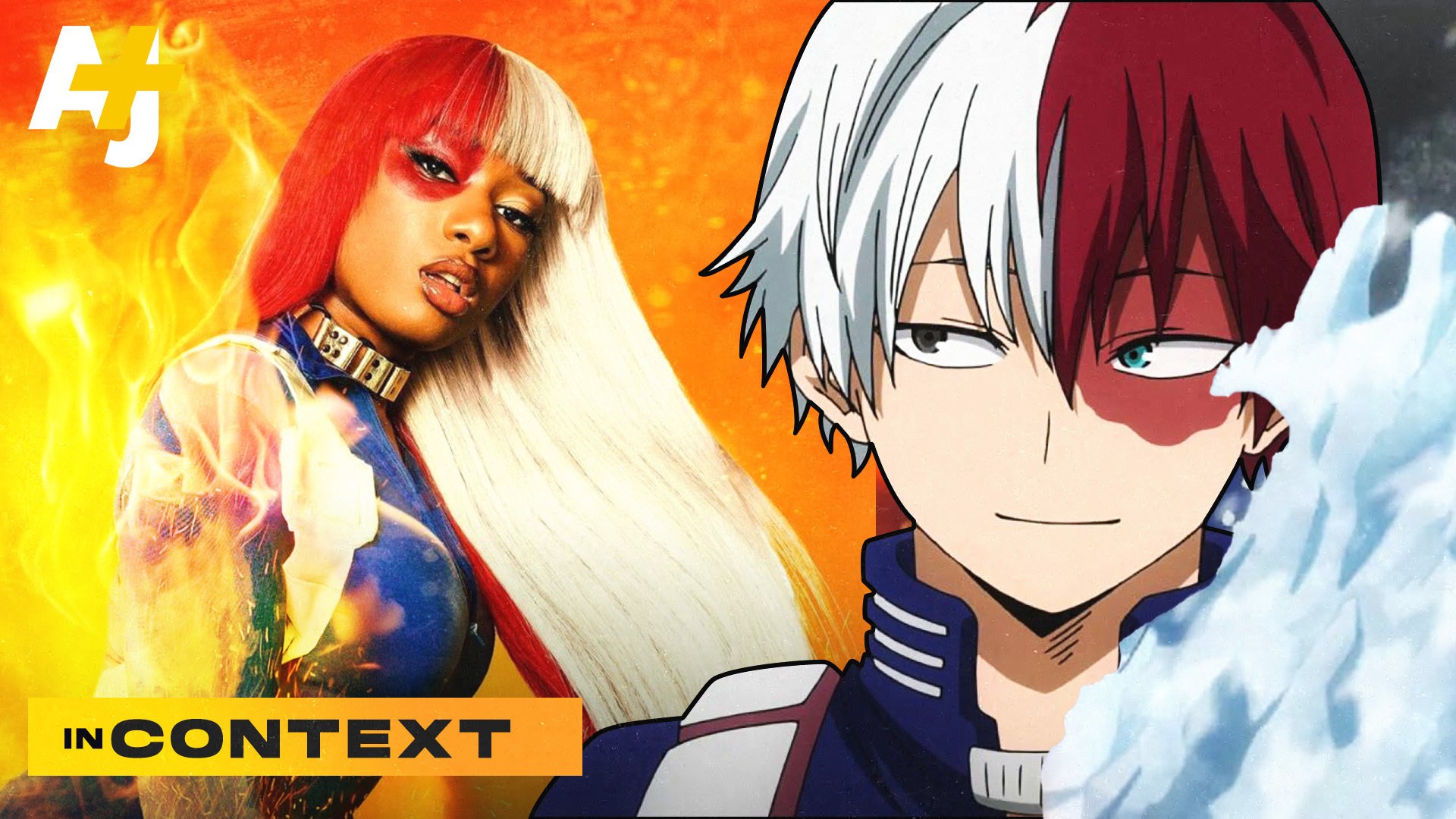The Brightest Political Magazine Has No Articles
[The Nib]
This interview is part of a series highlighting new publications. Past installments have included Southern magazine Scalawag, feminist magazine Lux and political journal Spectre.
The Nib is one of those magazines that you’re happy to see. It’s brightly printed on thick paper, and its pages are 100% filled with political and journalistic cartoons. These include moody memoir pieces, on-the-ground journalism, sumptuous overseas reporting, and even an exploration of folktales and family histories in addition to your classic political content. In short, the magazine has taken something that is usually a welcome snack amid grey columns of newspaper copy and turned it into the hors d'oeuvres, main course and dessert.
Run on a unique membership model, The Nib has now survived many ups-and-downs of the 2010s media landscape due to a loyal readership and, perhaps, the fact that political cartooning was the best tool for taking down a certain political clown. I caught up with Matt Bors, founder, editor and publisher of The Nib (and a cartoonist himself) to talk about the future of American absurdity and why the world needs more political cartooning.
Most magazines have a whole lot of text and one or two cartoons. What made you flip the formula?
We’re making a statement with The Nib, not just about politics – which run from left to liberal in the magazine – but about the medium itself. Having an all-text magazine would not require an explanation. Political cartooning is in the magazine, but we also work with longform journalistic cartooning, which has been gaining recognition and more people have been creating work like that. So it’s a house for that too, and we’re aiming to grow that genre of cartooning.
Political cartooning has a long American heritage — if you go to a U.S. public school, you almost certainly will see a 19th century Thomas Nast cartoon. Do you see your work in this lineage? Who has inspired you?
What is now referred to as “old school political cartooning” was the norm for a very long time, probably over 200 years. With the advent of mass media and alternative cartooning, things started rapidly developing artistically through underground comics and alt-weekly comics.
Jules Feiffer in the Village Voice in the 1970s was doing revolutionary stuff, incredibly influential. And then Matt Groening and Lynda Barry in the 1980s, and then in the 1990s you have people who loom large in that field like Tom Tomorrow, whose work now runs on The Nib. All those people were influential in my approach.
I love print and really would love to restore the influence that political cartoonists used to have. Back when Thomas Nast was publishing in Harper's, by being in a newspaper, you had extraordinary reach and influence in the culture. You can do that online, but you’re fighting more things for attention — one of my goals is to restore the editorial cartoon to prominence and not [have it be] this extra thing that’s tacked on.
So that the editorial cartoon is on par with, say, a New York Times editorial?
Is the New York Times editorial culturally influential and prominent? I’ve never heard anyone bring one up to me. I’ve seen people share comics a lot, but not editorials from newspapers.
Now, cartoons are not changing the world by themselves and sometimes editorial cartoonists get a little too grandiose about our role in free speech and challenging power. We’re not a very positive art form. We don't work like even an opinion column would because you’re not trying to be intellectually rigorous in the same way — you’re rooting your argument in truth, but you’re often tearing things down, not holding things up. I’m on the left but I'm not advocating for stronger unions and Medicare for All in my work — I’m tearing down arguments against that stuff. I think cartoons are particularly good for flaying bad arguments.
Your most famous cartoon is a pretty good example of that.
The “we should improve society somewhat” cartoon just took off and is still used quite a lot — I’ve had to wrestle with what it’s doing on a deeper level because I just wrote it in an afternoon and didn’t expect to be talking about it for years.
I believe we need to change society significantly. But when that’s impossible, you can insist that society can do better than what the system allows in that moment. You’re not a hypocrite because you have to advocate for a better world while being stuck in a system that is imperfect, or even designed to slow or halt change.
And I guess it was successful because if you try to argue that way online you’ll get 100 people responding with my comic. So I feel like I've done my part in helping to counter that very lazy argument.
The Nib tackles American politics, but its contributors are quite international. Why?
U.S. audiences are trained to only care about the U.S., whereas people around the world have to pay attention to a lot more countries, especially the U.S. One part of us having an international group of cartoonists is that a publication like The Nib is fairly unique in the world — so people who do nonfiction cartooning in other countries can’t exactly pitch their local comics magazine because there are very few of those. They know this is an outlet for that kind of work and we’re very glad to support it.
How is the Trump-Biden transition working in the world of political cartooning?
It’s always gonna work out all right for political cartooning. We’re in a very chaotic moment politically, so returning to normal is not going to happen. You have a much more vibrant left, you have fascist movements, this QAnon thing is not going to go away.
Now from Washington, hopefully things will be calmer not having a president who drives the news cycle every day with his incessant bleatings. I’m looking forward to focusing more on longer term issues like the economy and the climate that need our attention and that we can’t deal with when a real madman is in office.
What’s one cartoon that exemplifies what The Nib does best?
Nate Powell in the Power issue: It’s a short memoir comic about him tabling at Comic Con, and it's’ about fan culture. It takes place in 2011 where he sees someone cosplaying as a Nazi and he reflects back on these ugly strains in our culture that were starting to come forward through fan culture and the internet. He’s a great cartoonist and it shows how we approach the longer form comics through politics, and how cartoonists are often using personal experience as a jumping off point to talk about an issue.

![[The Nib]](https://images.squarespace-cdn.com/content/v1/5f21dbb91adde3260d4ba1ef/1615923424066-LGAMEKS957BP4RMH3II1/Screen+Shot+2021-02-17+at+4.47.03+PM.png)







